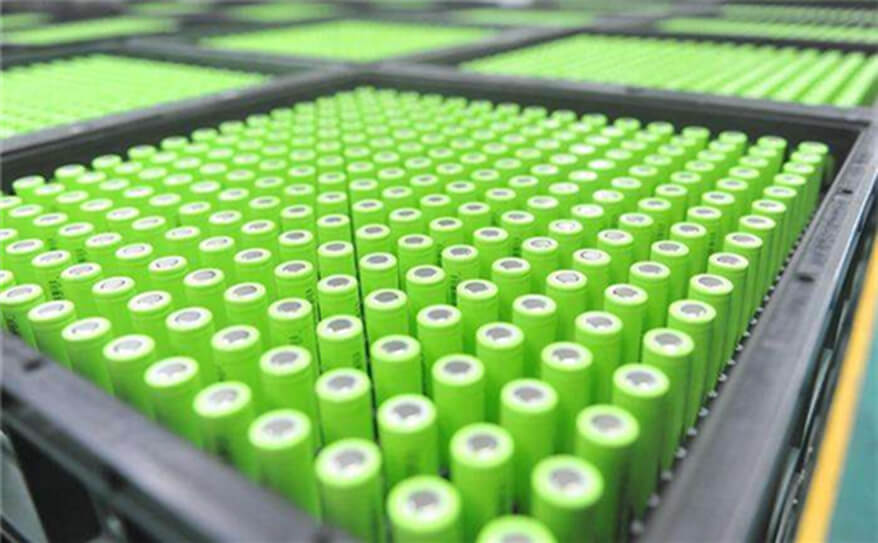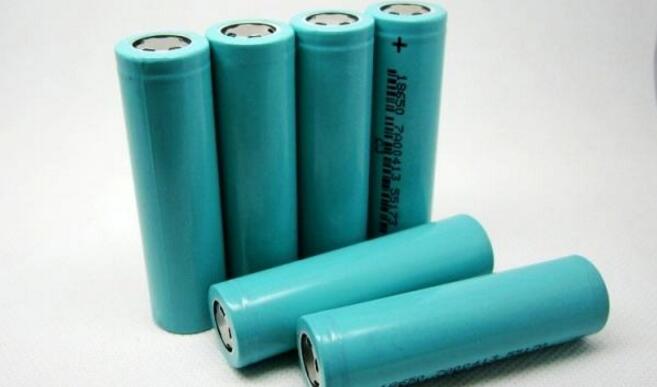What is a 18650 battery?
Nov 22, 2019 Pageview:1574
A 18650 battery is a rechargeable lithium-ion battery. The real name of the batter is the "18650 cell". This 18650 cell has a voltage of about 3.7 V and is around 1800mAh to 3500mAh (milli-amp-hours). There are majorly two types of 18650 cells, and they are the; protected and unprotected cells.
On average, the charging time of 18650 batteries is approximately 4 hours. The charging time may vary depending on the current, the charging voltage and the type of battery.
The 18650 battery is classified as 18mm x 65mm and is slightly larger than the AA battery. They are mostly used in flashlights, on laptops, and high-performance devices because of their higher capacity and good discharge rates. The 18650 is available in flat and buttoned top styles and typically has around 300 to 500 charge cycles.
Aside, Flashlights, electronic devices, laptops, vaping or smoking devices, even electric vehicles use the 18650 batteries. For instance, Tesla uses 7180 of 18650 batteries. There are high-lumen flashlights, like the Thrunite TN14 or the Fenix ??PD35, which also use the 18650.
Protected or unprotected 18650 batteries?
The protected 18650 batteries have an electronic circuit. This circuit is integrated into the cell block (or the battery casing), which protects the cell against over-charging, heat or over-discharging, over-currents, and short circuits. A protected 18650 battery is believed to be safer than an unprotected 18650 battery (because it has less risk of overheating, and also less likely to catch fire).
The unprotected 18650 batteries are the cheaper option, but most experts do not recommend that you do use them. Unprotected batteries are only advised to be used when there is external monitoring and controlling of the load/draw and charging. You should also properly dispose of any damaged 18650 batteries in a certified battery recycling center. Protected batteries usually have a "top button", but you may have to check the specifications to be double sure.
How many amps is a 18650 battery?
The battery capacity depends on what goes into the battery and then, what comes out of it, as it is being charged and discharged. So the capacity of a battery is the level of charge it can contain at the moment. One of the numerous advantages of lithium batteries is that most of the things put in a pack can be used as you start discharging the pack, so we say it's very efficient. To know the exact capacity of your pack, you should have a watt-hour or amp-hour meter. You can take the measurement when the battery is being charged. The battery usually has a nominal voltage rating, as well as an amperage per hour rating. Generally, since watts = (volts x amp), then watts-hours =volts X amp hours.
However, remember that the volts drop when the battery is being discharged. This complicates the measurement of amps per hour. So, Watts-hours is a more accurate form of measurement because watts are a finer measure than amps.
Here is the reason; Assuming the battery is completely charged at 54 volts. You use and draw 6 amps. That is about 324 watts. But what happens at the bottom of the battery? If the battery is 42 volts and you consume the same 6 amperes, you use up only 252 watts. And that is fewer watts used. Consequently, to get the energy you need, you consume more amp as the battery is being used up. To get 324 watts, you may need up to 8 amps. If the capacity of the battery is 16Amp and you use 8Amp, you have used up more than half of the capacity because each amp is now at a lower voltage amp. If on the other hand, you have a battery of 500 Wh and you use up about 250 watts, the battery is only half discharged.
The "Amp Hours" of a battery indicates how many amps can be obtained from a battery pack for a certain amount of hours. A single 18650 battery contains about 2.6amps. This means that 2.6 amps can be obtained from the battery for an hour. It is possible to draw different currents in almost equal proportions. So, 1 amp can also be drawn for 2.6 hours. Batteries come in different capacities, depending on the amount of current that can be or is being drawn from them. The higher the current being drawn, the smaller the capacity left in it. The reason for this is that, at high currents, a greater capacity is lost in the form of heat.
How do you buy a good 18650 battery?
The 18650 battery is not a standardized cell. They are not all identical or built equally, neither are they built having the same task in mind. The most important feature to consider when you want to purchase 18650 batteries is what is known as the Continuous Discharge Rate (CDR), it is also known as amperage capacity.
The CDR of a battery is the speed or rate at which current, measured in amperes (A), can be removed from the battery without the battery overheating. To find out the battery that is right for you, you need to understand and match the battery's CDR to the power consumption of your device, or the potential device in which you will use the battery.
If you select the wrong battery, the battery cells will overheat. Heat can damage the battery and shorten its lifespan. More than just shortening the lifespan, overheating can also cause cell explosion, battery leak or major damage to your device.
Fortunately, there is a direct correlation between the CDR (A) and the battery capacity (mAh). The larger the capacity of the battery, the lower the battery CDR. This means that low-power devices can take advantage of the higher capacity cells. The higher devices have to use lower capacity cells, so they can draw more current safely.
As of June 2018, the maximum CDR that is attainable from a 18650 battery of 2000mAh is 38AmAh. Some unscrupulous manufacturers usually claim ratings of 40A or 35A for 3,000 mAh or more batteries, but those ratings are unreliable. Battery technology is constantly evolving, so this is going to change anytime soon –expect the change.
- Prev Article: Lithium Ion Battery Cost 2019- Influence Factors, per kWh, Trend
- Next Article: Do lithium batteries expire?
Leave Message
Hottest Categories
-
Hottest Industry News
-
Latest Industry News













